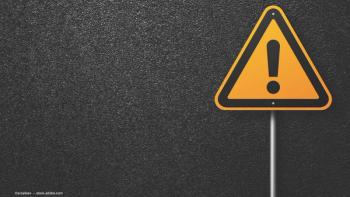
Telemedicine-friendly devices best tools for glaucoma screening
Cup-to-disc ratios and visual field evaluations using telemedicine-friendly devices are the most useful tools for glaucoma screening.
Cup-to-disc ratios and visual field evaluations using telemedicine-friendly devices are the most useful tools for glaucoma screening, according to a report in the April issue of Clinical & Experimental Ophthalmology.
Sajeesh Kumar and co-workers from the University of Western Australia, Australia screened 399 eyes with telemedicine-friendly devices and conventional, hospital based devices such as ophthalmoscopes, tonometers and perimeters.
The combination of age and family history of glaucoma alone has a sensitivity of 35.6% (specificity 94.2%, area under the curve 0.81, correctly classified 81.1%) and the addition of telemedicine-friendly or conventional visual field tests increased the sensitivity to 91.1% (specificity 93.6%, area under the curve 0.95, correctly classified 93%).
Analysis indicated a good level of agreement between vertical cup-to-disc ratio by ophthalmoscopy and digital image reading. The addition of an intraocular pressure test did not alter sensitivity (35.6%) or specificity (94.2%).
The results of this study indicate that telemedicine-friendly devices are the most useful tools for glaucoma screening.
Newsletter
Get the essential updates shaping the future of pharma manufacturing and compliance—subscribe today to Pharmaceutical Technology and never miss a breakthrough.















































